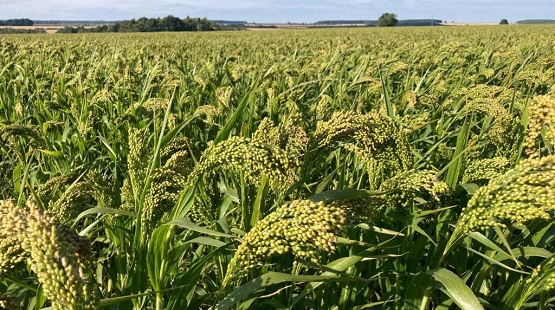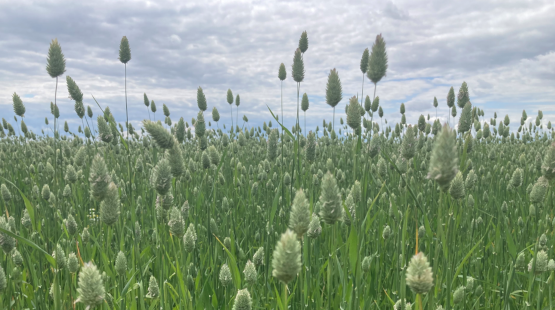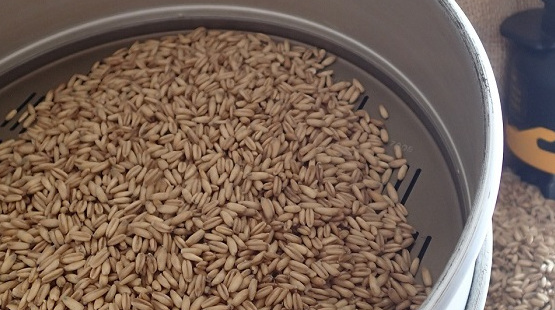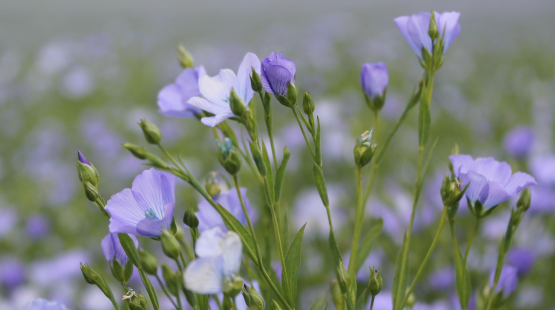Millet

Many farmers will be familiar with Millet through its use in game strips and cover crop mixtures.
Less well known is that thousands of tonnes of Millet are imported into the UK to be used in wild birdseed mixtures.
In 2012, £200m was spent on seed mixtures attracting wild birds in to British gardens much of which are or could be UK sourced. There is increasing demand from UK birdseed packers for products to be home sourced - giving opportunity for UK growers to benefit from this shift.
Millet is a drought tolerant, C4 grass species.
Almost a catch crop, planted mid-May and desiccated at the end of August, all the growth takes place in June, July and August when temperatures are highest.
Millet seed is about the same size as OSR, but with a creamy beige colour.
It is straightforward to grow and harvest and has proved to be profitable particularly as a late Spring sown option.
Millet is a break crop for following Wheats - most similar to Maize.
Contracts
Call us on 02392 632883 for the latest contracts available.
- Produce of an area contract – no fixed yield requirement
- Network of stores to dry, clean or store on growers’ behalf
- Harvest movement available










